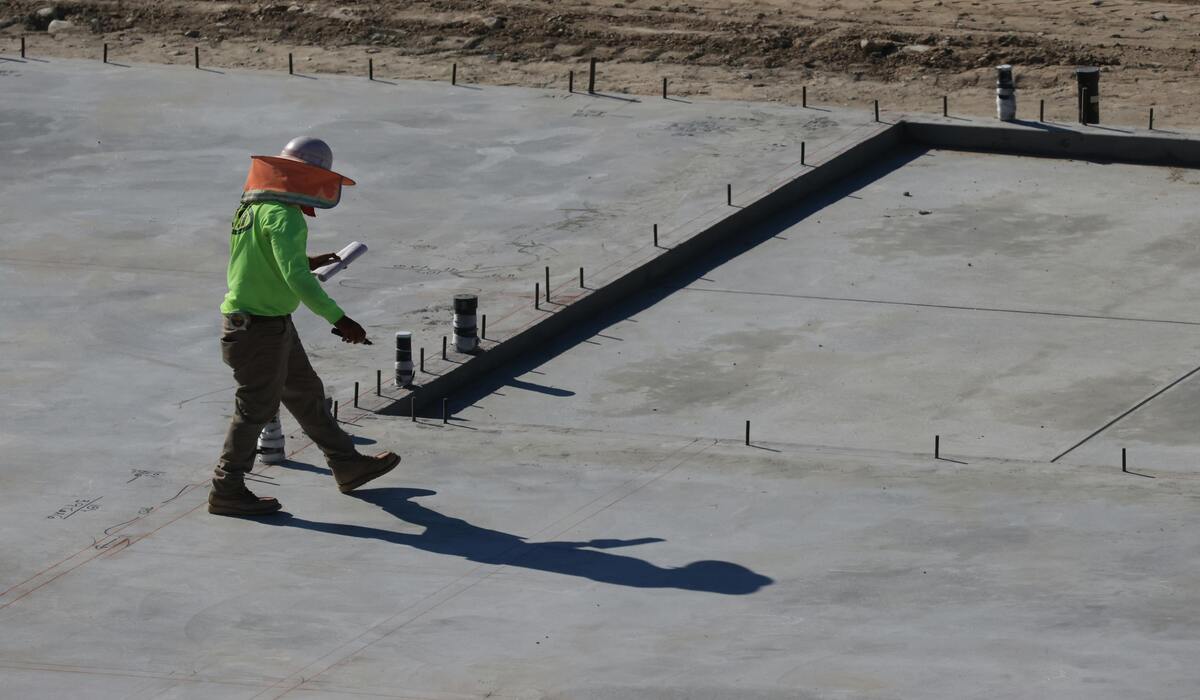Concrete is one of the primary materials used in modern construction. While many think that concrete may not aid in improving the energy efficiency of a building, this blog will make you think otherwise. Concrete slabs play an essential role in reducing energy consumption in your building while also increasing the durability of the structure. You can see a dip in energy costs, making you take a step towards sustainable living.
It’s the reason why architects and builders recommend concrete slabs in the construction of modern buildings. You can get many benefits from having concrete slabs, like thermal efficiency and structural strength. Using these slabs, you can make the homes comfortable, strong and energy-efficient.
Let’s See the Benefits in Detail:
Passive Heating and Cooling
Concrete slabs provide you with high thermal mass. It means they absorb heat during the day and slowly release the heat at night. You can regulate the indoor temperature naturally. The reverse happens during the winter season, making your interiors comfortable to live in. When you combine the concrete slab with proper shading and ventilation, you can enhance the comfort level without depending on artificial cooling systems.
Can Integrate with the Heating System
You can see modern concrete slabs commonly used with hydronic underfloor heating systems. It is a system where warm water is circulated through the pipes installed within the slab. This process is highly energy-efficient, allowing your interiors to cool down without relying heavily on-air conditioners. It results in lowering energy consumption and decreases the overall cost.
Improve the Insulation of the Building
When the concrete slab is integrated with insulated raft slabs and waffle pod slabs, you can enhance the energy performance of concrete floors. The whole design will reduce heat loss to the ground. It will also decrease energy inefficiency, thus optimising the energy consumption in your home. When you use this insulation in the slab and beneath the concrete flooring, you are improving the interior temperature and keeping it stable year-round.
Is Compatible with Renewable Energy Systems
When you know energy systems like solar passive design and solar systems, you learn that concrete slabs work efficiently with them. They help in reducing the load on heating and cooling systems, thus allowing solar power to provide current for more days and nights. They help in covering the building’s energy needs while also providing comfort and energy efficiency to the building.
Long-term Sustainability
When you think about building construction more efficiently, you think of adding sustainable features such as concrete slabs. They have a long service life, thus removing the need to repair or replace the slab. It also reduces the need for manufacturing and transportation costs. When you add construction techniques like proper sealing and maintenance, concrete slabs can last longer. Hence, adding concrete slabs is efficient for both residential and commercial buildings.
Support Green Building Certifications
When you are constructing a building intending to receive green certifications, you have to use concrete slabs. With their advantages, like high thermal mass, you can design an efficient slab that contributes to better energy ratings. It means you can increase the value of the building, making it more appealing in the market. You can avoid potential legal fines that you might have to face when you apply for green certifications.
Final Thoughts
Modern suspended concrete slabs are one of the important structures that make your building energy-efficient. With the benefits like thermal mass, advanced insulation and renewable energy systems, you can create buildings that produce lower power bills. It also reduces environmental footprint, allowing you to make a step towards a greener environment.
If you are an architect or a building designer, then make sure to include concrete slabs if your aim is to achieve energy efficiency.
